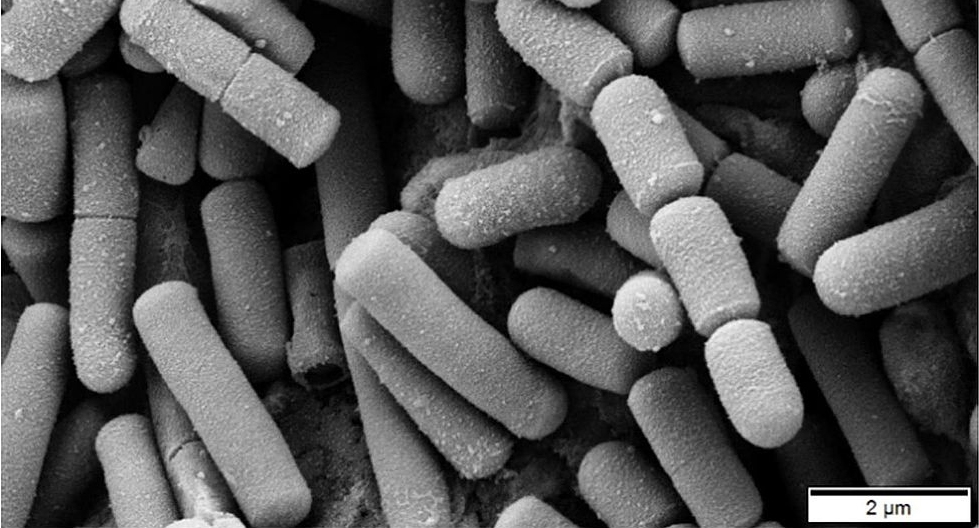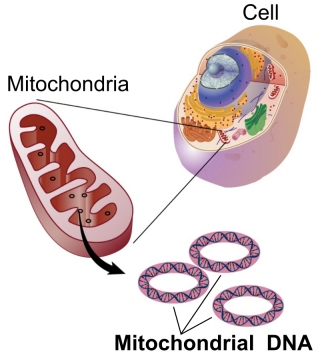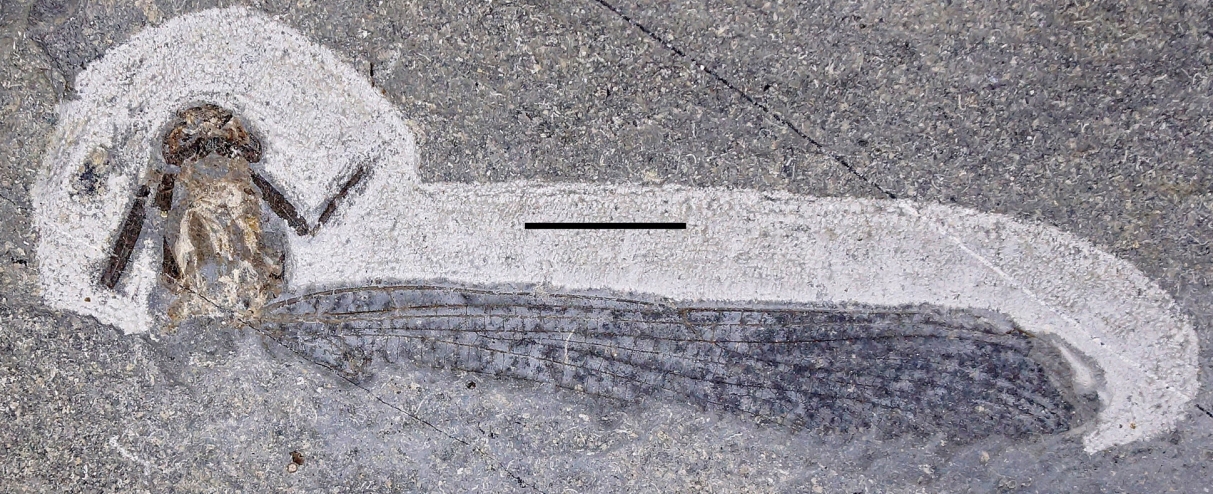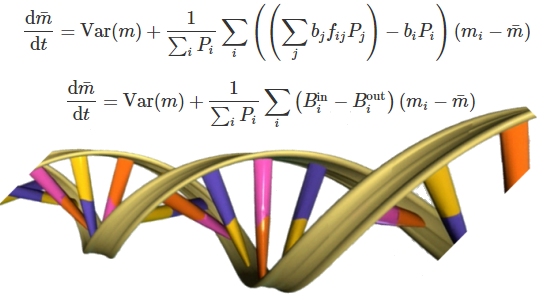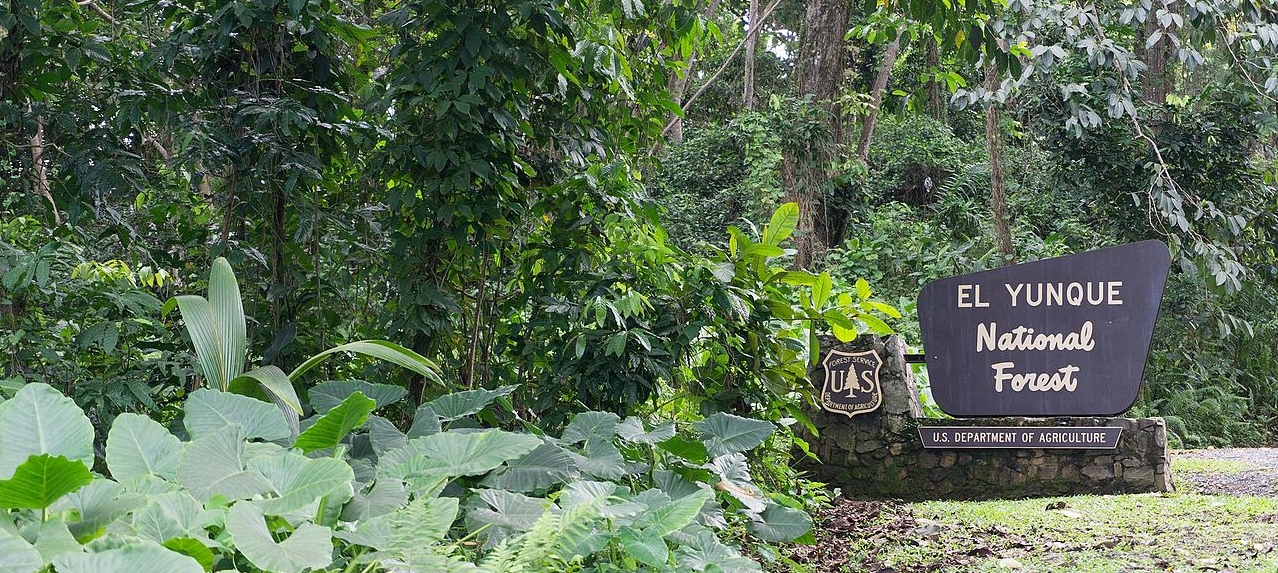
If you have been reading this blog for a while, you probably know that I am very skeptical of climate models that predict the consequences of rising carbon dioxide levels in the atmosphere. Initially, this was due to my own experience with large-scale computer models. In my early scientific research, I both wrote and used them, so I know how much their results are affected by the assumptions programmed into them. As time has gone on, my skepticism has increased, since it has been demonstrated over and over again that the climate models do not line up with the most relevant data.
Why do the climate models compare so poorly to the appropriate data? Mostly because they contain many assumptions that have not been tested. Typically, these assumptions neglect the idea that the earth has negative feedback mechanisms, which are the hallmark of nearly every well-designed system. As time has gone on, many such negative feedback mechanisms have been found, and they typically run counter to the assumptions programmed into the climate models (see here, here, and here, for example). It seems that a graduate student from the University of Virginia (Stephanie Roe) has found yet another of earth’s negative feedback mechanisms.
There is a lot of dead, decaying matter on the floors of the tropical forests of the world. As that dead matter decomposes, it releases carbon dioxide into the atmosphere. Well, decomposition is driven by chemical reactions, and chemical reactions speed up with increasing temperature. So, as the world warms, what should happen to the rate of carbon dioxide produced by decomposition? It should increase, right? That will release more carbon dioxide into the air, which will accelerate warming. This is an example of a positive feedback mechanism. In such a mechanism, a change promotes a process that amplifies the change. This particular positive feedback mechanism is programmed into the climate models that are being used to predict the consequences of increased carbon dioxide in the atmosphere.
While that assumption makes perfect sense, the real world often works differently from our simple assumptions. That’s one reason Stephanie Roe decided to test it. She went to Puerto Rico’s El Yunque National Forest, where the US Forest Service set up infrared heaters in different parts of the forest. Those heaters were programmed to keep their surroundings 4 degrees Celsius warmer than the rest of the forest. Those parts of the forest, then, should behave like the tropical forests will behave if the earth warms by an average of 4 degrees. In addition, there were parts of the forest where identical, non-working heaters were placed. They served as control areas – they stayed at the normal temperature of the forest, but they had the physical structures of the heaters present. Roe introduced various kinds of dead matter (both native and non-native) to the forest in both the warmed sections and the control sections. She then collected samples later to test the rate of decomposition in each.
What did she find? She found that the result was precisely opposite of what is programmed into the climate models. The warmed areas of the forests had slower rates of decomposition than the control areas. Why? According to her research, it is because the warmer parts of the forest were drier. The process of decomposition is accelerated strongly by moisture, so the loss of moisture slowed down the decomposition more than the higher temperature sped it up. Thus, according to her research, increased temperatures should reduce the amount of carbon dioxide produced by decomposition. This, of course, is an example of a negative feedback mechanism: a change promotes a process that decreases the rate of change. Once again, such mechanisms are the hallmark of designed systems, so it is not surprising that it exists here on earth.
The more we learn about climate, the less confidence I have in the predictions of the climate change doomsayers.



